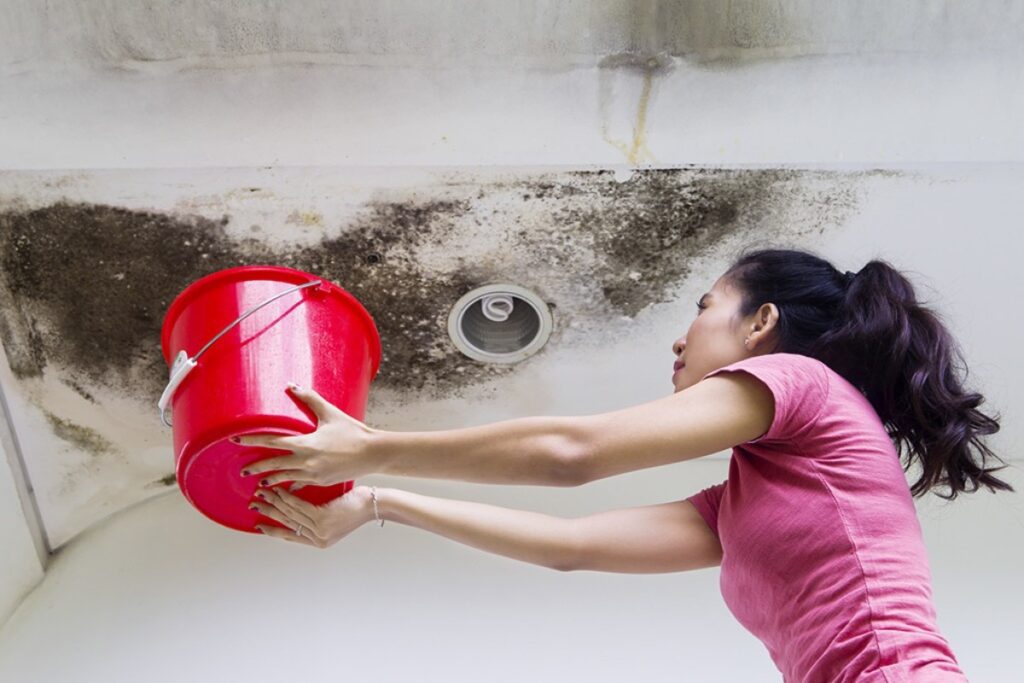Navigating Leaks: 10 Steps to Take When You Suspect a Leak in Your Home

Discovering a potential leak in your home can be a cause for concern, prompting a need for swift action to mitigate damage and address the issue. In this guide, we’ll outline ten essential steps to take when you suspect a leak. For more detailed information, you can refer to the guidance provided by Thames Water on their website Thames Water Leaks. Additionally, for professional assistance, consider reaching out to experts such as 0800 Homefix, who specialize in home maintenance and repairs.
1. Identify Signs of a Leak:
Detecting a leak early is crucial. Look for signs such as water stains on walls or ceilings, unexplained increases in water bills, or the sound of running water when no taps are open.
2. Turn Off the Water Supply:
Locate your main water shut-off valve and turn it off to stop the water supply. This helps prevent further damage until the source of the leak is identified and addressed.
3. Check Appliances and Fixtures:
Inspect common sources of leaks, such as faucets, toilets, and appliances like dishwashers and washing machines. Tighten loose connections and check for visible leaks.
4. Examine Your Water Meter:
Your water meter can be a useful tool in detecting leaks. Turn off all water-using appliances and check the meter. If it continues to move, there may be a hidden leak.
5. Monitor Water Pressure:
Unusually high water pressure can contribute to leaks. Use a pressure gauge to check the pressure. If it exceeds recommended levels, consider installing a pressure regulator.
6. Inspect Outdoor Areas:
Check outdoor areas for soggy or unusually green patches in the lawn, which could indicate an underground leak. Also, inspect hoses, irrigation systems, and outdoor taps for leaks.
7. Conduct a Dye Test in Toilets:
To check for toilet leaks, add a few drops of food coloring into the tank. If color appears in the bowl without flushing, there’s a leak that needs attention.
8. Call Thames Water Emergency Helpline:
If you suspect a leak but cannot identify the source, Thames Water provides an emergency helpline. Contact them promptly for guidance on identifying and fixing leaks.
9. Document and Photograph:
Document the visible signs of the leak and take photographs. This information can be valuable when communicating with Thames Water, insurance providers, or professionals like 0800 Homefix.
10. Seek Professional Assistance:
If you’re unable to locate or fix the leak on your own, consider seeking professional help. Companies like 0800 Homefix specialize in home repairs and can provide expert assistance in identifying and resolving leaks.
Conclusion:
Addressing a suspected leak in your home requires a systematic approach to prevent further damage and ensure a prompt resolution. By following these ten steps and referring to Thames Water’s guidance on leaks, you can navigate the situation with confidence. Remember that professional assistance, such as that provided by 0800 Homefix, can be instrumental in identifying and fixing leaks efficiently. Taking swift and decisive action is key to preserving your home and maintaining a safe and comfortable living environment.






